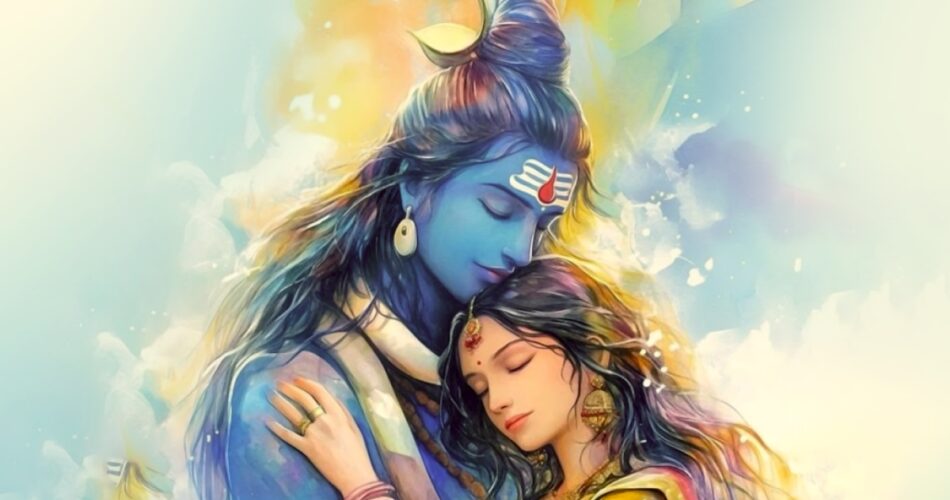In the world of Vedic astrology, the Ashta Kuta system is a prominent method used to determine compatibility between potential partners. It plays a vital role in assessing the nature, mental qualities, and other attributes that influence a relationship. Traditionally, it considers eight primary Poruthams, or compatibilities.
Get your Compatibility Report based on Ashta Kuta, Dasha Kuta, and Modern Compatibility!
1. Dina (Nakshatra)
Dina Porutham is based on the Nakshatra (star) of each individual. It calculates compatibility based on the Moon’s position in the bride’s and groom’s charts. A harmonious Dina Porutham indicates good health and prosperity in marriage.
2. Gana
Gana Porutham categorizes individuals into three groups Deva (Godly), Manushya (Human), and Rakshasa (Demonic). It represents the inherent nature and temperament of each person. A good match is typically between those of the same or compatible groups.
3. Nadi
Nadi Porutham is a significant factor that considers the pulse or nerve energy, indicating physiological and hereditary traits. Matches with the same Nadi are generally avoided, as they are believed to increase the risk of health issues in offspring.
4. Rashi
Rashi Porutham considers the Moon sign in both horoscopes. It influences love, affection, and emotional connection between the couple. A favorable match supports harmony and understanding in the relationship.
5. Graha Maitri (Planetary Friendship)
This Porutham assesses the compatibility between the lords of the Moon signs in both charts. It reflects psychological harmony, mutual affection, and emotional attraction between partners.
6. Vasya
Vasya Porutham measures the dynamic of control and influence in the relationship. It indicates mutual attraction and helps determine the balance of power between the two individuals.
7. Varna
Varna Porutham evaluates compatibility based on the traditional four castes Brahmin, Kshatriya, Vaishya, and Shudra. A match is generally considered favorable if the groom belongs to the same or a higher Varna than the bride.
8. Yoni
Yoni Porutham reflects sexual compatibility and physical comfort between partners. It classifies individuals into 14 types based on their Nakshatras and indicates the level of intimacy and physical harmony in the relationship.
Additional Poruthams
9. Rajju
Rajju Porutham is crucial for marital longevity. It categorizes individuals based on their Nakshatras into five types: Paada, Ooru, Nabhi, Kanta, and Sirasu.
10. Stree Dheerga
Stree Porutham considers the potential for financial prosperity in marriage. It is assessed by evaluating the placement of wealth-giving planets in the bride’s chart.
11. Vedha
Vedha Porutham deals with potentially obstructive stars in the charts. If the stars create Vedha (obstruction) between the two, the match is generally considered unfavorable.
12. Mahendra
Mahendra Porutham is believed to support progeny, affection, and the overall longevity of the marriage. It reflects a nurturing and lasting emotional bond between partners.
Understanding and analyzing these Poruthams provides deep insights into various aspects of a relationship. This ancient system of compatibility is an essential part of Vedic matchmaking, designed to support a harmonious and prosperous married life.

